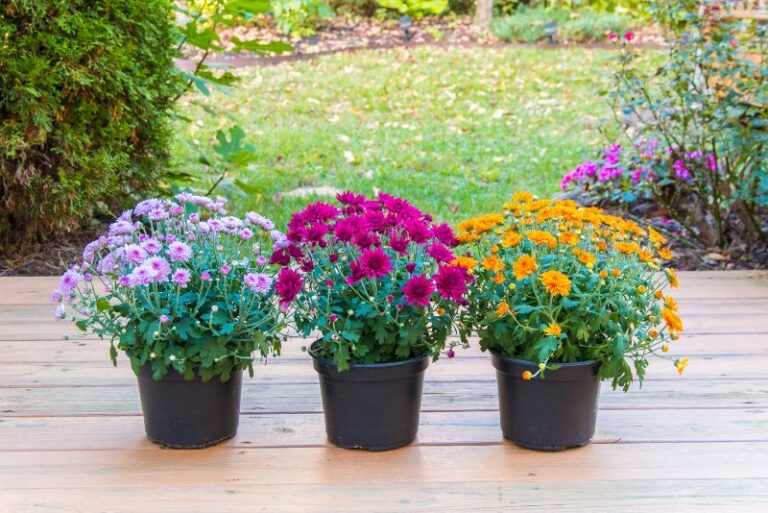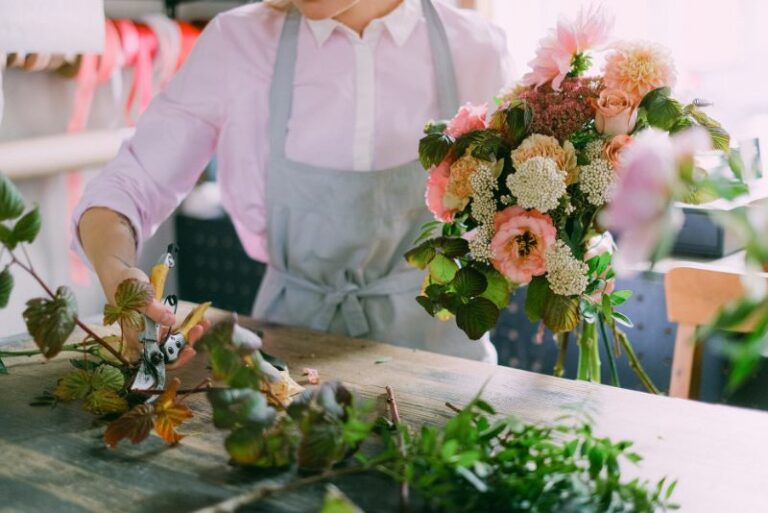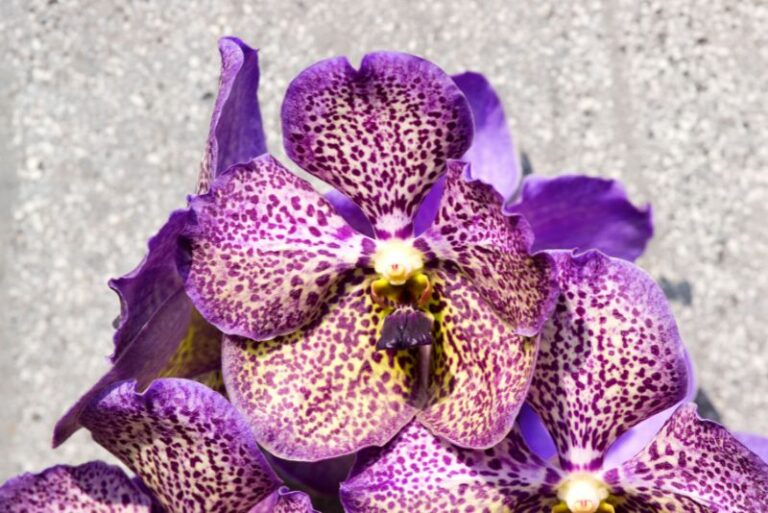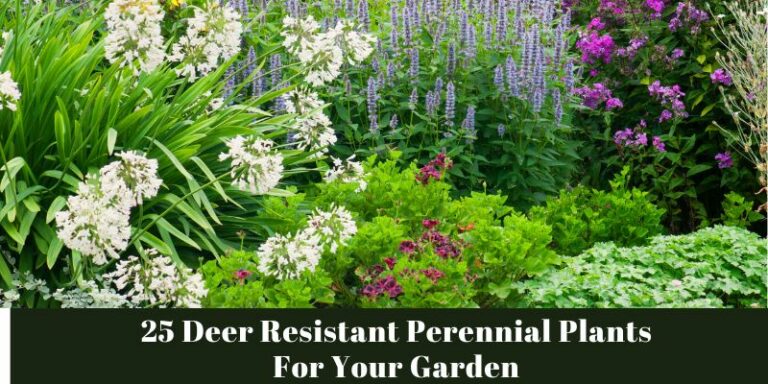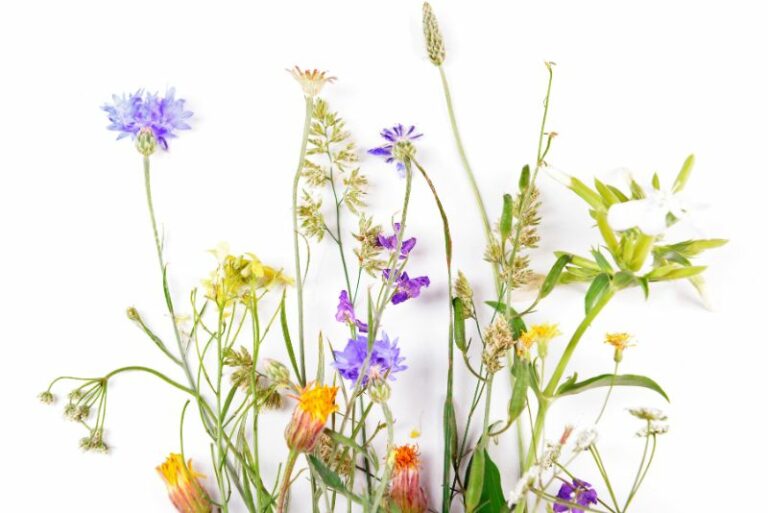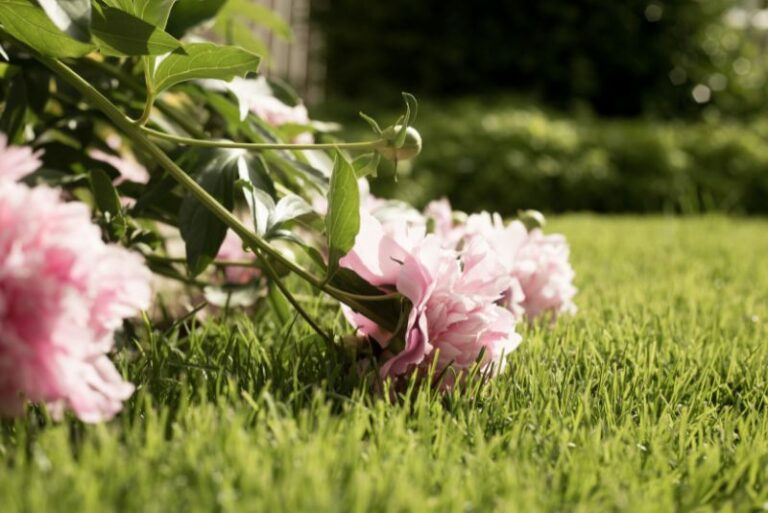The Best Hibiscus Varieties for Gardening Enthusiasts
The hibiscus plant, with its large, colorful blooms, is one of the most recognizable and cherished floral additions to any garden. Its versatility as both a showy perennial and a landscaping shrub has endeared it to hobbyists and professional gardeners alike. As a horticulture aficionado, you likely appreciate the diversity within this genus, and you understand that the multi-faceted charm of hibiscus extends far beyond its aesthetics. This blog post is tailored to garden enthusiasts and plant lovers who are keen to explore the various hibiscus strains and harness their beauty in their own green spaces.
Types of Hibiscus Varieties
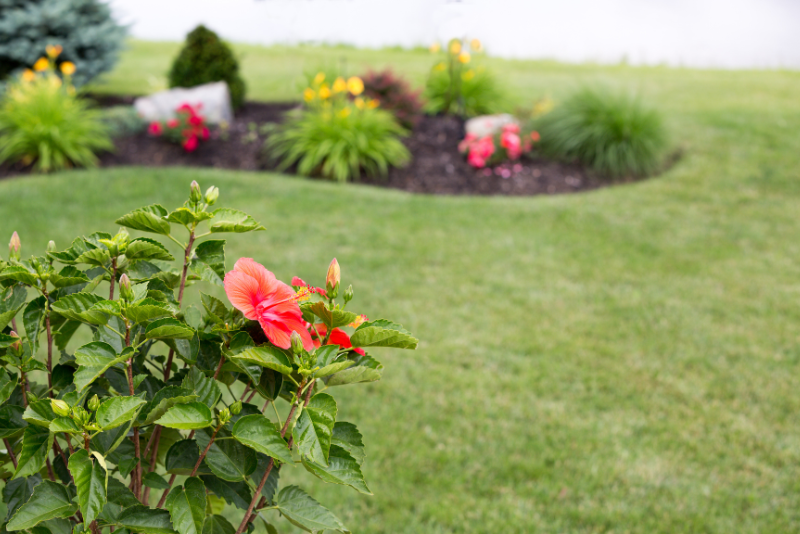
Diving into the world of hibiscus, we first distinguish between three primary types: tropical hibiscus, hardy hibiscus, and hybrid hibiscus. Each type boasts unique features and is suited for different gardening environments, ensuring that there’s a perfect hibiscus variety for every enthusiast’s garden.
Tropical Hibiscus
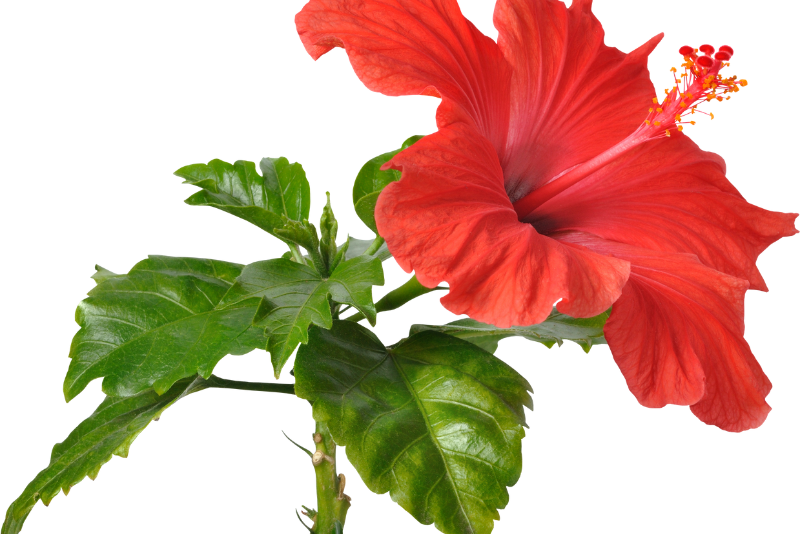
Renowned for its delicate, large, and brilliantly hued blooms, the tropical hibiscus graces regions with warm climates and is often cultivated as a potted plant. It’s a beauty that thrives on the sun’s kiss and the right balance of moisture.
Loved for its lavish flowers, the tropical hibiscus varieties including ‘Lord Baltimore’ and ‘Janet Craig’ bloom year-round in frost-free regions, bringing the vibrancy of the tropics to homes and gardens. They require high humidity and cannot tolerate cold spells, making them a perfect indoor or summer garden addition in temperate zones.
Hardy Hibiscus

For those seeking a more enduring bloom amidst the rigors of a temperate climate, hardy hibiscus, also known as rose mallow, is an excellent choice. With their ‘Luna’ series and the commonly known ‘Cranberry Crush’, hardy hibiscus plants are native to colder regions and thus can withstand frost.
Hardy hibiscus is characterized by its ability to produce huge, plate-sized flowers in shades that range from white to practically black. Their robust, woodsy stems and fibrous root system provide them with the fortitude to brave cold weather. In summer, they transform gardens with their bursts of color, bringing a dramatic flair to landscaping.
Hybrid Hibiscus
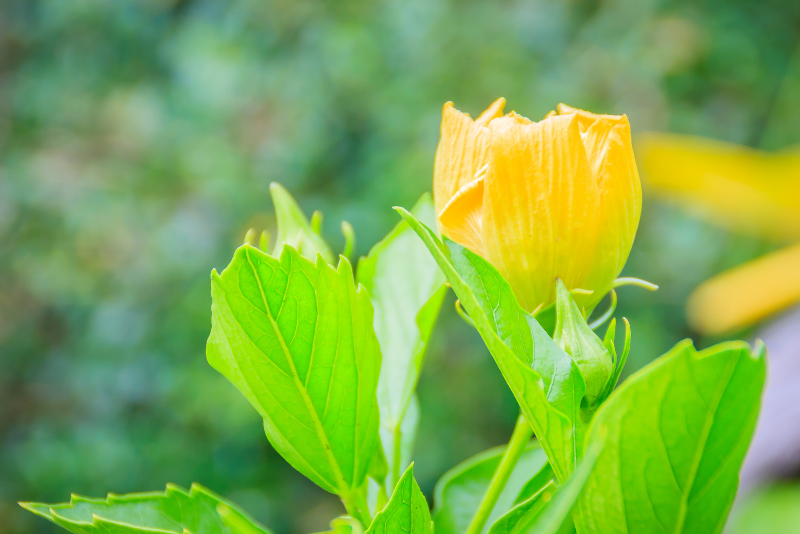
Here’s where hibiscus gets especially exciting. Hybrid varieties take the best characteristics of tropical and hardy hibiscus and blend them, resulting in plants that offer larger color palates and, in some cases, season-long blooms. When you plant a hybrid, you’re not just investing in a plant; you’re investing in a vision that will unfold with each unique flower bud.
The combination of toughness and beauty in hybrid hibiscus types like ‘Berry Awesome’ and ‘Starburst Chiffon’ has made them increasingly popular among gardeners. These hybrids are also adaptable to various climates, making them a flexible choice for landscapes and gardens with shifting weather patterns.
Characteristics and Growing Conditions
Understanding the particular traits and growing needs of hibiscus varieties is crucial to their successful cultivation. Each hibiscus type has its own set of needs and preferences.
Flower Colors, Sizes, and Shapes
The color ranges of hibiscus blooms are as varied as they are stunning, with hues from the deepest reds to the palest of yellows, and every shade in between. The size of blooms can be anything from a few inches to a foot across, often resembling the appearance of a typical saucer.
The sheer breadth of colors and the unique shapes of hibiscus flowers is part of what makes them such an endearing feature in any garden. Their diversity also means that gardeners can select hibiscus varieties to complement specific color schemes or to serve as a focal point in their garden design.
Sunlight, Water, and Soil Requirements
Hibiscus plants, in general, are sun-worshippers, requiring a significant amount of light to produce their iconic blossoms. However, the intensity of sun exposure that each variety prefers can differ. Tropical hibiscus prefers full sun but can benefit from some shade during the hottest parts of the day, while hardy hibiscus can handle full sun conditions more capably due to their more desert-adapted nature.
Watering is critical, especially for tropical hibiscus, which demand consistently moist soil. In contrast, hardy hibiscus prefers the soil to dry out between watering. Hybrids may have varying needs, requiring gardeners to be diligent and observant of their specific hibiscus strain to ensure proper hydration.
Each hibiscus variety thrives under different soil conditions. Tropical hibiscus requires well-draining, slightly acidic soil, while hardy hibiscus does well in average garden soil. Hybrids might withstand a wider range of soil conditions but generally prefer a mix that’s not too compact.
Benefits of Growing Hibiscus
Beyond the aesthetically soothing charm of hibiscus blooms, these plants offer several other benefits.
Aesthetic Appeal in Gardens
Whether you’re selecting hibiscus to add cheerful color to your garden, or you’re opting for the elegance of its form, the plant offers a multitude of aesthetic benefits. Its flowers serve as a striking visual element in your outdoor space, and their sizable nature means they can be seen from a distance, drawing eyes to your garden canvas.
Low Maintenance and High Bloom Rate
Hibiscus varieties are typically low maintenance plants that respond well to regular care. Once established, they are relatively hardy and require minimal attention to continue producing their breathtaking blossoms. They are also prolific bloomers, which means a single plant can sport numerous flowers during its blooming season.
Tips for Cultivating Hibiscus Successfully
To fully enjoy the splendor of hibiscus in your garden, consider these cultivation pointers.
Pruning Techniques
Correct pruning is essential for maintaining hibiscus plants in optimal condition. Regular deadheading of spent blooms not only promotes continuous flowering but also ensures the plant channels its energy into producing new flowers rather than seed.
Pest Management Strategies
While hibiscus is generally not prone to serious pest issues, some common garden pests may target it, such as aphids or whiteflies. Careful monitoring and organic insecticidal soap treatments can help keep these nuisances at bay.
Overwintering Guidance
For those in colder climates, overwintering tropical hibiscus can be a bit of a dance. Transfer potted plants indoors once the temperatures drop, or consider root insulation and adequate mulching for those in the ground. Hardy hibiscus, being cold-tolerant, may not need special care beyond a good layer of mulch to see them through the winter.
Conclusion
The profound and diverse world of hibiscus varieties is a treasure trove for any gardening enthusiast. As we’ve explored, the three primary types of hibiscus offer a delightful spectrum of attributes that can thrive in various environments. Regardless of your location or level of expertise, there’s a hibiscus just right for your garden.
With the tips shared in this post, it’s time to get your hands in the soil and plant the hibiscus of your dreams. Cultivating these stunning plants can not only enhance your garden’s beauty but also deepen your appreciation for the wonders of the natural world. To learn more about the best hibiscus varieties or to share your insights, connect with a community of fellow gardeners who celebrate the growth and bloom of these magnificent flowers.

